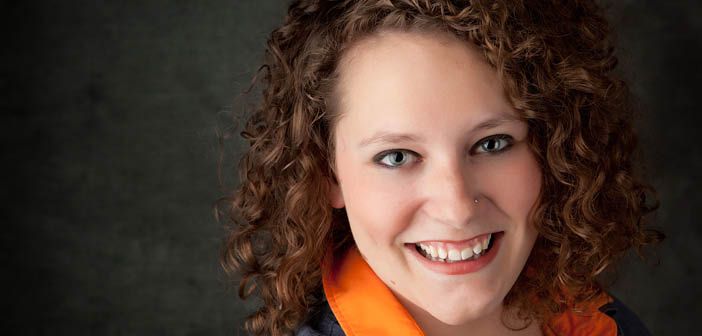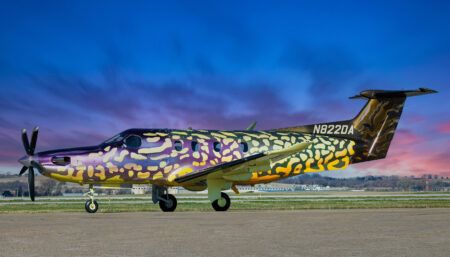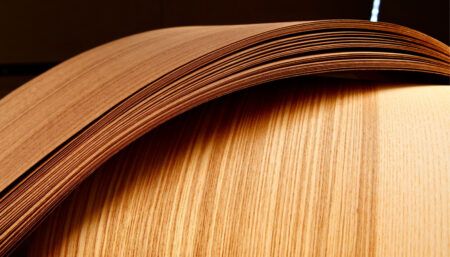Introducing Veta Traxler, West Star Aviation’s new paint and interior designer
How and why did you become a designer?
I almost became an accountant before taking my first design class in high school. After seeing how something you create can positively impact its users and environment I was hooked.
What is your professional background?
I received my Bachelor of Science degree in interior architecture from the University of Wisconsin – Stevens Point, USA, knowing that I wanted to get into a niche field such as aviation, yacht or RV design. However, I started my career in commercial design, which focused on corporate office design. This allowed me to build experience before moving into aviation. My career in aviation began at Elliott Aviation, where I was lead designer. I excelled in that role for two and a half years before moving into sales. After a year of sales, I realized my heart and true passion was still in design, which lead me to my current position here at West Star.
What are you looking forward to in your new role?
I am excited that I get to be creative again. I missed working hand in hand with owners, pilots and directors of maintenance to create the look they desired. It is so rewarding to watch the entire process from selecting materials, going through production, and seeing it come together during installation and delivering the aircraft to the customer – seeing their face as they see their aircraft for the first time.
Are there any aspects of the role that are new to you?
I have limited experience with the larger airframes such as Gulfstreams, Globals, Challengers and Falcons, so I look forward to learning them inside and out.
How does aviation design differ from the other disciplines you have worked in?
I love the challenge that aviation design brings. You really have to pay attention to regulations and proportions. In commercial or residential design you are selecting materials for large spaces and in aviation you are essentially designing a tube. The patterns and materials that you select for a larger space can quickly overwhelm the small capsule of an aircraft. Aviation has the most stringent fire restrictions compared to commercial design. Many fabric manufacturers cater to that market, so when selecting fabric for aviation you have to pay close attention to the fiber content, weave pattern and backing to ensure it will pass aviation standards. Sticking to natural fibers is best but still does not guarantee that it will pass.
What inspires you?
My inspirations include fashion, architecture and nature. However, I am most inspired by people. Seeing people accomplish goals and doing things they never thought they could pushes me to achieve the things I set out to do.
What trends have you noticed in private aircraft interior design?
Aircraft owners are moving away from the warm beige hues and moving toward more contemporary, masculine, cooler tones, such as taupes and grays. This allows them to add pops of color throughout the aircraft. We’re seeing a lot more attention to the small details, like changing the stitch pattern or adding a welt cord to mirror the look of today’s luxury cars.





